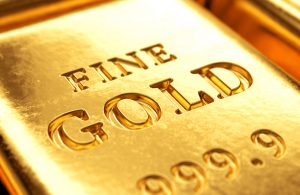Are We in Late Cycle? Implications for Gold
The comments above & below is an edited and abridged synopsis of an article by Arkadiisz Sieron
There are basically four business cycles: expansion, peak, contraction and trough. The US economy has had a 9-year upswing; February 2018 marked the 102nd month of economic recovery for the third-longest expansion in post-war history.

It was also the weakest expansion, now with rising interest rates and inflation. Investor optimism has hit a 3-month low, and the US economy may be peaking. Seventy percent of fund managers believe the global economy is entering the late stage of expansion, and fears of a breakdown made gold rally in February.
However, the current expansion may last a while before reaching a peak. Inflation is still moderate. Interest rates rose, but remain at a relatively low level from a historical point of view.
Jobs are plentiful and there are no bottlenecks in the labour market, which could signal overheating. Fixed private capital spending and industrial production have been accelerating recently. Growth is not limited to the US, but is occurring worldwide.
What does it all mean for gold? Well, global fundamentals are healthy, which should be negative for the yellow metal. But markets are forward-looking, and although the US economic expansion still has some time ahead of it, it is more mature than the Eurozone. The relatively late cycle in the US should, thus, weaken the greenback and support gold.
But all expansions come to an end, and it’s not time but data that triggers contraction. Easy global monetary policies led to credit risk mispricing and to asset price bubbles. The short-term outlook is good, because the global economy still has a material upside before the turning point. But the US economic expansion is maturing, and it’s still receiving lots of monetary and fiscal policy stimulus. These factors will erode the dollar’s value, and encourage the gold price to rise.

